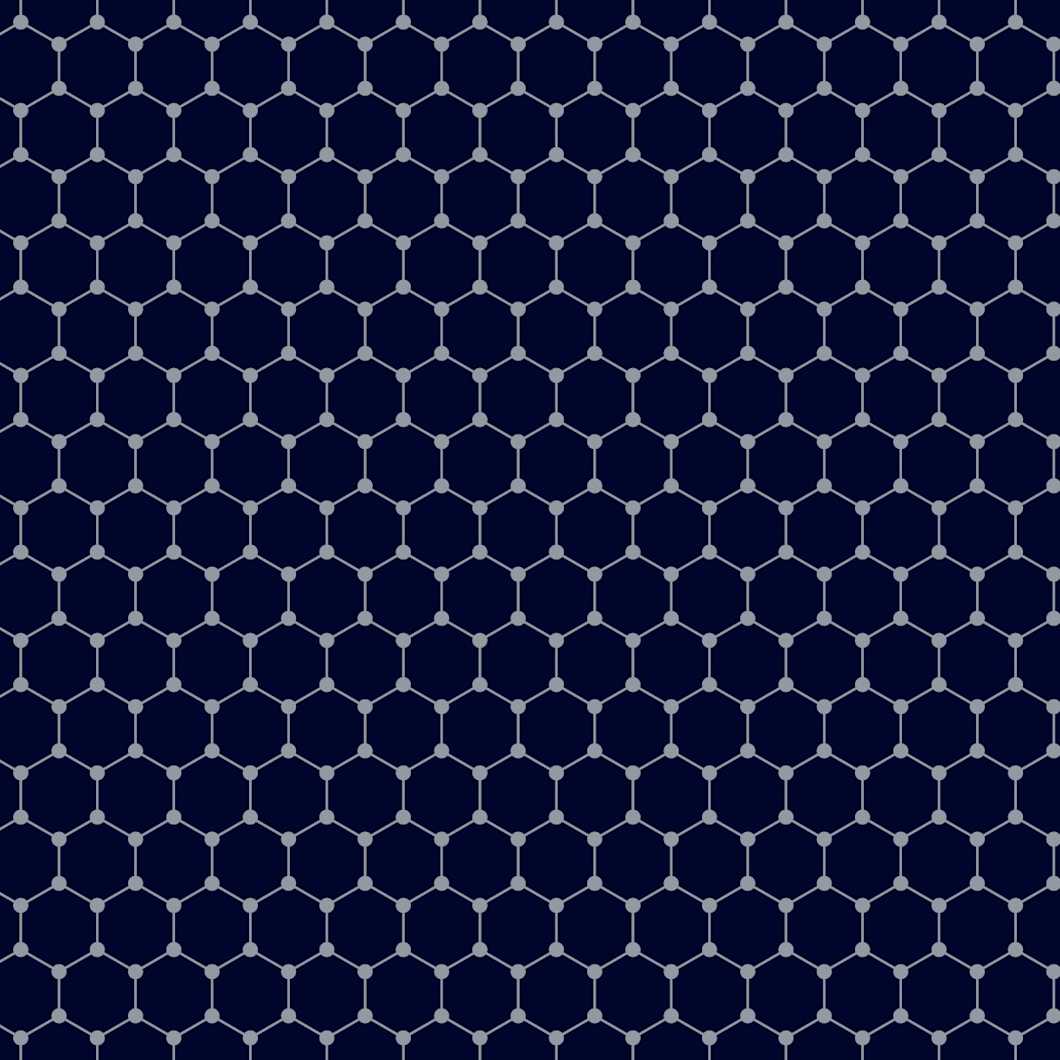Scanning transmission electron microscopy
Scanning transmission electron microscopy (STEM) is an analytical technique that enables investigating and imaging a range of ultrathin nanoscopic materials at the sub-nanometer level.

- Fast turnaround times
- Personal service from method experts
- Competitive prices
- Result accuracy guarantee
What is STEM used for?
STEM is used to analyze and characterize thin film materials down to nanoscopic and even atomic levels. Its extremely high resolution makes STEM fundamental to nanotechnology and similar material science fields that require powerful nanoscopic imaging techniques. When combined with EELS (electron energy loss spectroscopy) in STEM-EELS analysis, information on the elemental composition of the sample can also be obtained.
STEM finds applications in the development of new technologies through semiconductors, solar cells, catalysts, and battery materials, where it is not only helpful for imaging but also for investigating electronic properties. STEM can even be used to analyze biological samples, providing insight into the mechanics of molecular biology.
How does scanning transmission electron microscopy work?
STEM works by combining the principles behind two well-established analytical techniques: transmission electron microscopy and scanning electron microscopy. A probe pointed at an ultrathin sample emits a beam of electrons that interact with a very fine point on the surface of the sample. These electrons are transmitted through the sample and are picked up by a screen on the other side. The way that the electrons interact with the sample will cause patterns to display on the screen which represent the individual atoms present. This process is repeated as the probe scans across the surface of the sample until a spatial image has been produced.
Suitable samples and sample preparation
STEM can be carried out on a wide range of materials, provided that electrons are able to pass through them. This means that samples must be ultrathin, generally less than 100 nanometres in thickness. Thinning should be done with care to reduce the risk of contamination or damage to the sample surface, as this can affect the quality of the final results. New methods, such as a focused ion beam (FIB), can help to speed up the thinning process, which has historically been the most time-consuming part of gathering STEM data.
STEM vs. TEM
Fundamentally transmission electron microscopy (TEM) and STEM are the same technique, with the key difference being that a TEM probe does not scan. Therefore, TEM provides the same benefits of being able to image materials on a nanoscopic scale with a high resolution. However, as the probe does not move across the surface, it is limited to individual scanning areas and does not provide an overall image of the material in the way that STEM does. The trade-off for this is that a TEM-only setup is generally less expensive and therefore can be viewed as a faster, more accessible option to STEM analysis.
Advantages and limitations of STEM analysis
STEM is able to provide ultra-high resolution images of areas that are too small to be viewed using a scanning electron microscope, let alone an optical one. STEM is, for the most part, a non-destructive technique and therefore is suitable for analyzing a wide variety of sample types without running the risk of destroying the sample. However, in some cases, materials can be sensitive to electron exposure and it may accelerate their decomposition.
One key disadvantage is that in order to remove interactions with air, STEM must be conducted in a vacuum. This means it will not be suitable for certain materials, particularly some biological samples, which are not vacuum-compatible. Furthermore, the images produced by STEM are inherently monochrome and thus tend to require a substantial level of interpretation.
Need STEM analyses?
Measurlabs offers laboratory testing with STEM, and conventional TEM techniques. We have committed to delivering the highest quality analyses with short turnaround times even for batches of hundreds of samples. Our simple and modern customer portal allows for independent ordering and order tracking with just a few clicks, and our skilled testing experts are here to assist you with test plans and technique selection whenever you need it. Contact us through the form below to get a quote and start the discussion.
Suitable sample matrices
- Ultrathin films
- Semiconductors
- Biological tissues
- Nanomaterials
Ideal uses of STEM analysis
- Imaging thin film materials
- Developing semiconductors
- Testing electronic properties
- Developing nanomaterials
Ask for an offer
Fill in the form, and we'll reply in one business day.
Have questions or need help? Email us at info@measurlabs.com or call our sales team.
Frequently asked questions
Common STEM applications include imaging and characterization of thin films and other nanomaterials, both for quality control and the development of new materials.
Measurlabs offers a variety of laboratory analyses for product developers and quality managers. We perform some of the analyses in our own lab, but mostly we outsource them to carefully selected partner laboratories. This way we can send each sample to the lab that is best suited for the purpose, and offer high-quality analyses with more than a thousand different methods to our clients.
When you contact us through our contact form or by email, one of our specialists will take ownership of your case and answer your query. You get an offer with all the necessary details about the analysis, and can send your samples to the indicated address. We will then take care of sending your samples to the correct laboratories and write a clear report on the results for you.
Samples are usually delivered to our laboratory via courier. Contact us for further details before sending samples.